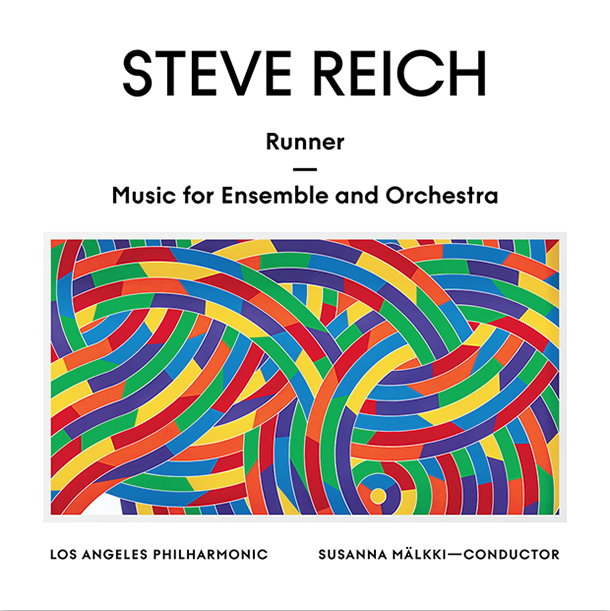Nonesuch publishes two pieces by Steve Reich from the second half of the last decade, “Runner” and “Music for Ensemble and Orchestra”.
Still fresh from the release of Reich / Richter, Steve Reich today releases on Nonesuch Records the first recordings of Runner and Music for Ensemble and Orchestra, two pieces of just over a quarter of an hour (the first) and twenty minutes (the second), composed and premiered in the second half of the last decade. With a cover that reproduces a mural drawing by the late minimalist artist Sol Le Witt, a great friend of Reich’s since the 1960s, the works published today offer, although written for ensembles of different sizes, great similarities between them. Runner was premiered in November 2016 at London’s Royal Opera House, with an ensemble of 19 musicians (strings, winds, percussion and pianos), finds an extension in Music for Ensemble and Orchestra, premiered just over a year later, in January 2018, by the Los Angeles Philharmonic, conducted by Susanna Mälkki. Runner, as Reich himself explains on his website, is divided into five movements: “While the tempo remains more or less constant, there are five movements, played without pause, that are based on different note durations. First, even sixteenths, then irregularly accented eighths, then a very slowed-down version of the standard bell pattern from Ghana in quarters, fourth a return to the irregularly accented eighths, and finally a return to the sixteenths but now played as pulses by the winds for as long as a breath will comfortably sustain them. The title was suggested by the rapid opening and my awareness that, like a runner, I would have to pace the piece to reach a successful conclusion”.
In Music for Ensemble and Orchestra, which marked Reich’s return to orchestral composition thirty years after The Four Sections, the sequence of the five movements is identical and is based directly on the structure of Runner. The result is astonishing, mesmerising and fascinating and, as Reich explains, “is an extension of the Baroque concerto grosso where there is more than one soloist. Here there are twenty soloists –all regular members of the orchestra, including the first stand strings and winds, as well as two vibraphones and two pianos. The piece is in five movements, though the tempo never changes, only the note value of the constant pulse in the pianos. Thus, an arch form: sixteenths, eighths, quarters, eighths, sixteenths. Music for Ensemble and Orchestra is modeled on my Runner, which has the same five movement form”.
